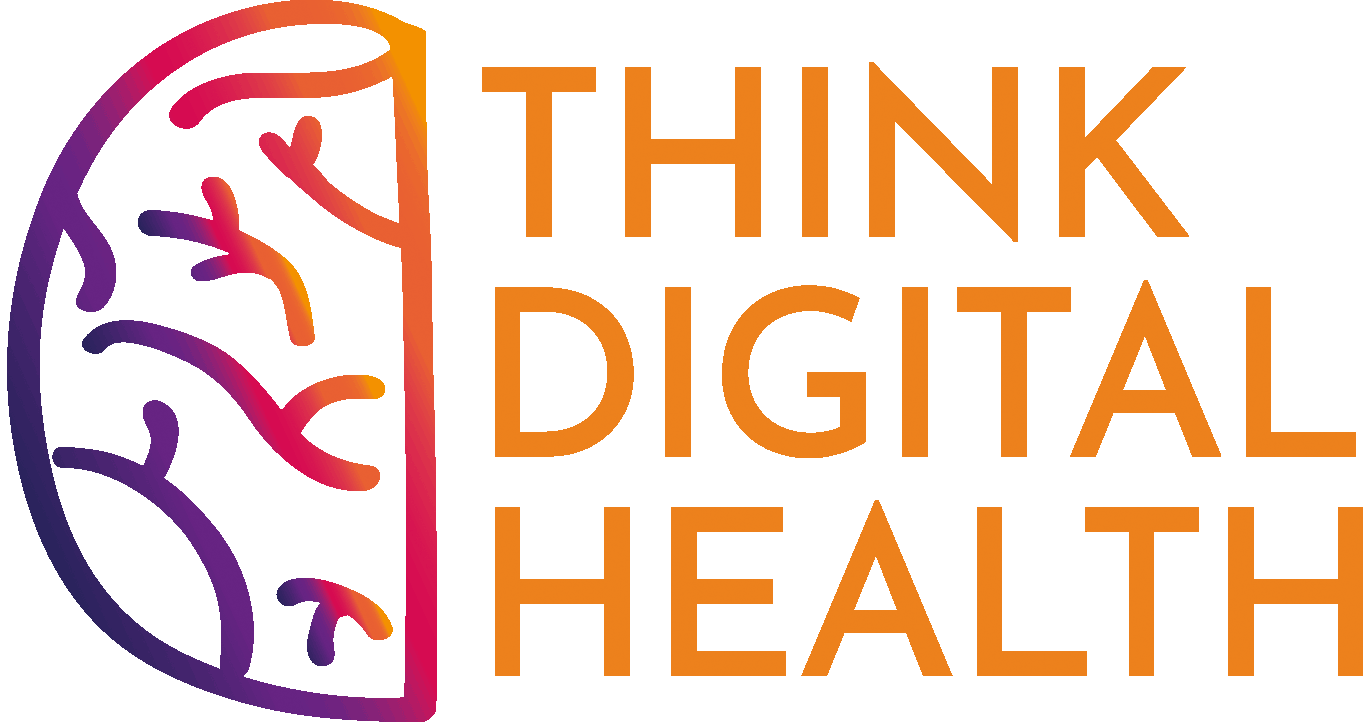Open Source: Technology for Everyone
- Christy Cheung
- Apr 15, 2019
- 3 min read
Updated: Mar 2, 2021
A colleague of mine whom I have written about before, David Vu, recently introduced me to the concept of open source, specifically with regards to electronic medical records. With only minimal knowledge of programming terms, I went and did some research that I hope to share with you.
OpenEMR is a free, open-source electronic health records and medical practice management solution. It is a non-profit organization and is currently being used by more than 15,000 institutions. This software integrates scheduling, e-prescribing, medical billing, laboratory tests and results, clinical decision algorithms, and drug and product inventory into one platform. It has been adopted across North America and internationally, in countries like Puerto Rico and Kenya. David was the first pharmacist to join their team and he aspires to bring his clinical perspectives to the product.
Now, let us back track slightly. What exactly is open source?
The term, “open source,” describes, most commonly, software that everybody can access, copy from, and modify. This is in contrast to “closed source” or “proprietary” software such as Epic and Cerner, which does not offer public access to their code and are considered a profit-based technology.
As a side note, although open source typically refers to code and software, the concept of open source can be broadly applied to anything that promotes transparency, sharing, and collaboration.
The most common example I have seen from my research is the emergence of the World Wide Web. The act of inputting an URL into the address bar of Google Chrome, or Internet Explorer, etc., has been ingrained in us. It almost acts as the business card of each company or institution, and through which, we can near-literally do everything in the comforts of our own homes - shopping, food delivery, physician consults, banking - as long as we have a computer and available Wi-Fi connection. All of these tasks have been made interoperable through the use of 3 W’s.
The advantages of open source code/software:
Usability by people without a programming background
Educational opportunities for people beginning to learn coding
Creating a culture of teamwork and collaboration
Opportunity to customize the system to your business’ needs
Increased security, efficiency, and reliability
(This one was a little tricky for me to understand, so I thought I would expand on it – Open source is advantageous from a security perspective because if developers independently fix bugs, the solution is immediately made public. You could argue, then, that this allows for a more efficient and reliable software. There is less likely to be a delay in updates and repairs as often occurs with proprietary software. Just think about the frequent app updates that you are prompted with on your iPhone or Android.)
Increased stability
(The source code is not tied to any individual or corporation, so there is no risk of it getting lost, for example, if a company with proprietary software were to shut down)
The disadvantages of open source code/software:
Its generalizability, which means that it may lack attention to the end user/customer
Often requires third-party support (to connect and to make it compatible with local systems)
Potential risk of misbehaviour by certain users/individuals
(Anything that is accessible by the general public has a risk of malicious use. In our case, somebody could very well alter the code, thereby negatively impacting the purpose of the source code/software)
Having considered the pro's and con's, we can see that open source is a great starter tool for people to get their company off the ground. At zero cost, these source codes can be used by anyone and everyone, with an assurance of continual improvement.




Comments